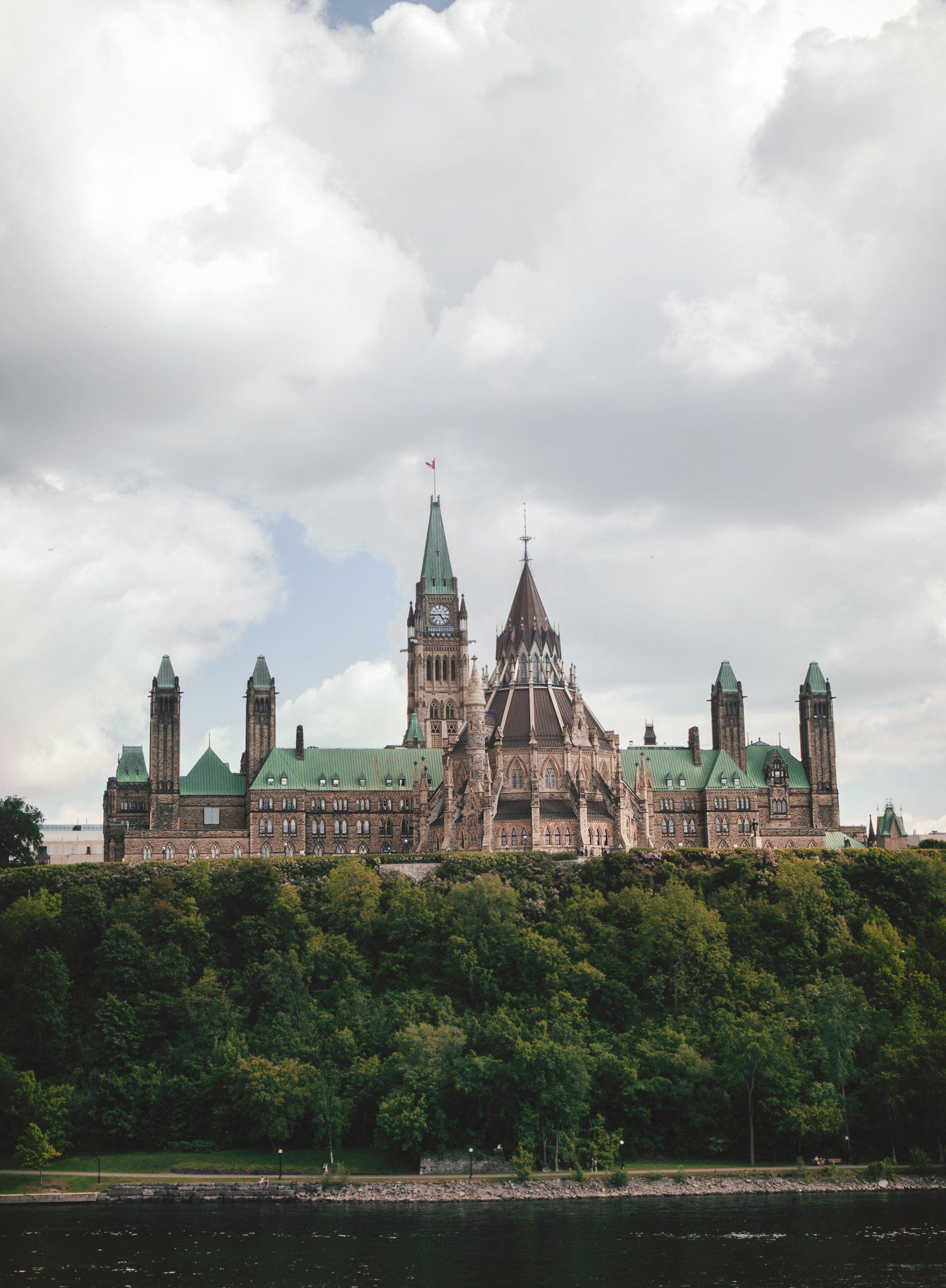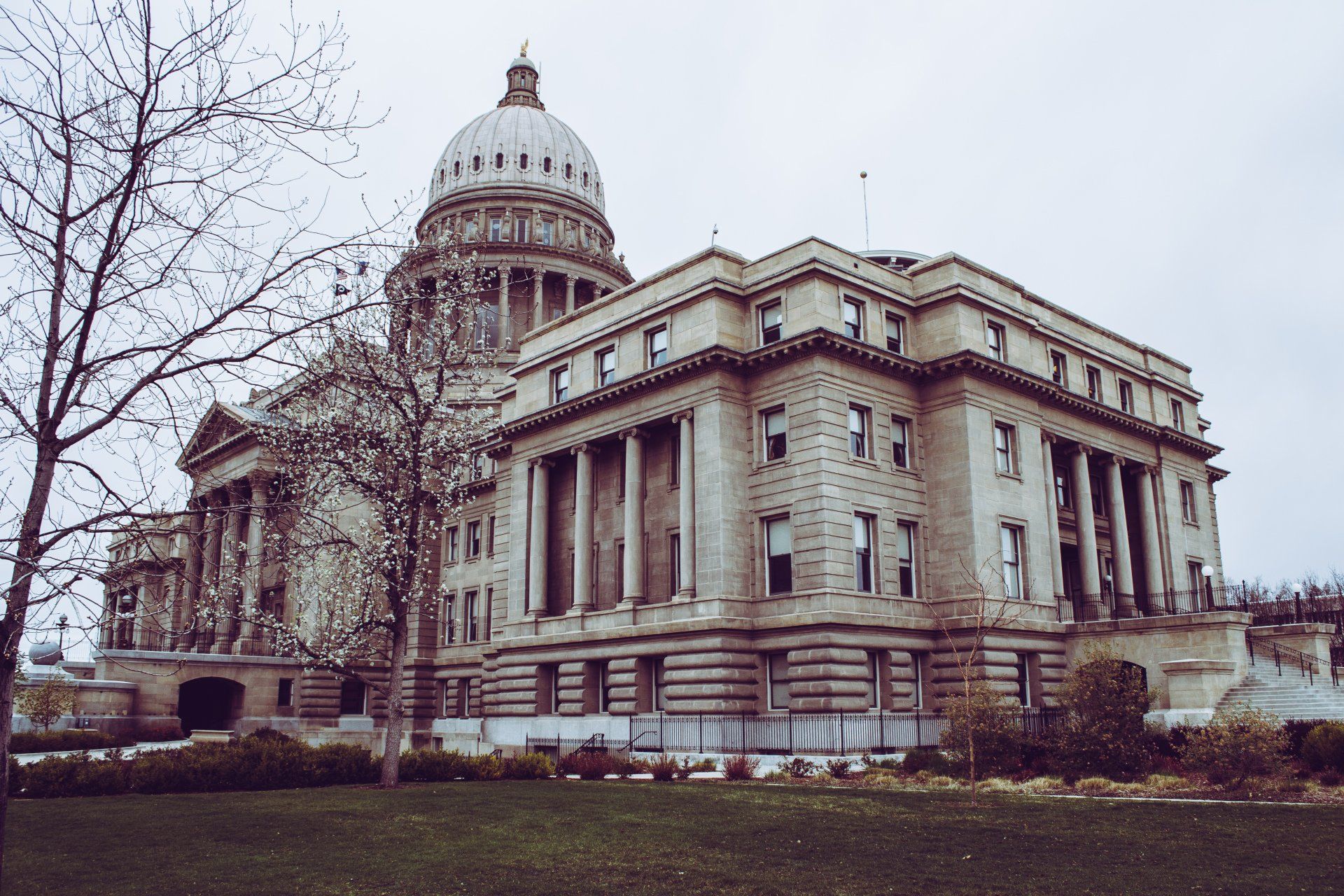The Responsibility of Reducing Plastic Waste
Should the responsibility fall on individuals or corporations?
Why So Much Plastic?
When one sees the images of heaps of plastics accumulating in landfills or on the surface of the ocean, one question that might immediately come to mind is “where did all these plastics come from?”.
Perhaps it was due to the excitement over the then newly discovered synthetic “miracle material”. For several years, the world was oblivious to the growing amount of plastic waste accumulating in the environment.
Plastics are indeed great. They are lightweight, water resistant, cheap, and easily processed into a wide variety of products in every industry. With such desirable properties, manufacturers found plastics irresistible and soon everything that could be made from plastics was, well, being made from plastics.
However, the best attributes from plastics also turn out to be the worst parts about them; plastics don’t go away. In fact, they can take hundreds to thousands of years to degrade. Considering that they have only been around for some decades, this indicates that every petroleum based plastic that has ever been synthesized, if it has not been incinerated or chemically recycled, is still out there somewhere.
The world went from just 2 million tonnes produced in 1950 to an annual average of 400 million tonnes of plastic in recent years. Plastic packaging, mostly single use plastics, account for 36 percent. The plastics from the textiles industry contribute about 14 percent - with many fast fashion products discarded every fashion season.
Added to these are consumer products and institutional products such as hospital supplies which make up 10 percent of global annual plastic production. These are things such as toys, utensils, and appliances that are eventually be discarded at the end of life.
Similarly, the electronics such as phones, refrigerators, alarm clocks, and others that get thrown out once they develop a fault or go out of trend make up 4 percent. Building and construction plastics make up a further 16 percent, while transportation makes up an additional 7 percent.
We can see that the products making up the largest proportion of plastic are those designed for shorter usage life. The most common plastics found littering the environment are water and beverage bottles, bottle caps, straw, stirrers, cigarette butts, food wraps, foam food packaging, and shopping bags.
This article, the third in a series examining plastic waste, discusses ways in which companies and individuals can reduce plastic waste.
The Companies Taking Responsibility for Reducing Plastic Waste
Providing Sustainable Options and Solutions for Customers
Often, companies create the demand for certain products through marketing. Customers are also inclined to use what is available or most accessible. It is therefore up to the companies to innovate and develop plastic-free options for customers. Unilever, for example, now offers refillable packaging. In selected trial locations, Unilever provides facilities for customers to bring in their packages for refilling at the stores. It started this in 2020 in Europe and in 2019 in Mexico for products like shampoo and laundry products. These trials are being run in the UK, Pakistan, Australia, and Mexico. Reports show that customers have responded well and embraced these options in the trial stores. An example of the impact of this is that 170 tonnes of plastic have been saved since the refill for the Cif Power and Shine spray bottles were introduced.
Recycled plastic and sustainable content
Where plastics are being recycled, they need to be used in products that are used at the same rate as the plastic waste is being generated to minimize the need to create more plastics or have an accumulation of waste plastics. The supply and demand for recycled plastics need to match up.
One way companies do this is to recycle the plastics back into the parent product. Recycled PET (rPET) is now increasing in popularity as companies are under pressure to increase recycled content in their products.
Coca Cola, for example has made the switch to produce all its bottled products from recycled plastics in Sweden, Norway, and Netherlands. The transition is estimated to reduce annual virgin plastic production in Norway and Netherlands by 140,000 tons. The company also recently introduced a new Sprite bottle with improved recyclability into some markets. The new bottle makes use of a clear PET bottle with an easy tear label. Clear bottles are easier to recycle than colored bottles since the coloring in the plastic products often acts as impurities and alter the properties, and this can be exacerbated when the product is recycled.
Corporate Social Responsibility
Companies can contribute towards making plastics more sustainable in various ways. These can be through funding start-ups with innovative sustainable products, providing recycling facilities, or funding research to advance plastic waste management technologies. For example, research into converting synthetic plastics into energy sources using sunlight can help move the world closer to the ideal of a truly circular plastic economy.
Tetra Pak, for example supports some recycling projects in partnership with companies such as Europlasts, Alag Karo, Palurec, OPI, Recon, Green Earth, and Bio Pappel, amongst others. Such support facilitates innovations and technical capacity that can accelerate advancement toward a more circular plastic economy. For example, the partnership with Bio Pappel is directed at building a carton recycling facility in Mexico, while the partnership with Green Earth is dedicated to building facilities for recycling single-use plastic composites into products such as furniture and roofing sheets.
Individuals Taking Responsibility for Reducing Plastic Waste
Responsible Consumption and Conscious Demand
Companies try to meet the demand and desire of consumers. It is therefore important that the consumers educate themselves on the impact of plastics on the environment and make more sustainable product choices. This can, in turn, drive the production of more sustainable products.
The government can also play a role in creating public awareness and shifting the mindset of consumers toward more sustainable choices. Consumers are already demanding better, and recent studies show an increasing trend towards more conscious consumption in recent years.
Some plastics designated as single-use plastics can be reused. Reusing a single-use plastic bag at least 50 times followed by recycling can make it a more eco-friendly option when compared to paper shopping bags which require more water and resources to produce. Likewise failing to reuse a reusable shopping bag and simply discarding it after one user has a worse environmental impact than just using a single-use plastic in the first place.
Consumers can also ease the collection and sorting process for recycling companies by cleaning and sorting their plastic waste.
When presented with a variety of options while in a supermarket aisles or shopping for products online, consumers can take care to consciously choose sustainable products that are plastic-free, recyclable, and/or reusable.
Public Pressure
Individuals can apply public pressure on companies to drive more sustainable plastic management through means such as joining pressure groups, signing petitions, donations to pressure groups, volunteering, and posting to social media.
Public pressure can be in the form of publishing research data and videos on plastic pollution which reveal the role of companies and the scale of plastic pollution. In 2019, the environmental group Break Free From Plastics named the beverage company Coca-Cola as the worst plastic polluting company. This was based on the data collected from plastic waste clean-ups in over 50 countries.
By 2020, Coca-Cola announced its decision to make the shift to using 100% recycled PET in 30 markets and make their beverage bottles more recyclable. While no evidence suggests a direct relationship between the Break Free From Plastic report and the new changes the company making towards reduced plastic waste, it is undeniable that public pressure can be a driving force in achieving a more circular plastic economy.
Active Engagement
Individuals can actively engage in tackling the plastic waste crisis. Activities that individuals can take part in include beach clean-ups, recycling runs, and collection of plastics from the waterways by boat or helicopter.
There are various organizations individuals can volunteer in. For example, for the past 30 years, Ocean Conservancy has collected over 136,000 tonnes of plastics from beaches across the world with the help of tens of thousands of volunteers. Individuals can also actively help track and generate data on plastic pollution using apps like the Debris Tracker App that was developed in partnership with the University of Georgia.
The app helps individuals to send in data on the location and quantity of plastic waste using images. Data from individuals across the world can be compiled and analyzed for the purpose of developing data-driven solutions to plastic pollution.
Some supermarkets, like Tesco in the UK, now offer consumers the option of returning specified plastic packaging and bags to be recycled. It is therefore up to the individuals to actively engage in such initiatives.
Reducing Plastic Waste – A Shared Responsibility
Both the companies and individuals have roles to play in reducing plastic waste. Individuals have the consumer power to demand that companies be more sustainable, while the companies have the power to fund and support innovative sustainable options.
Either way, reducing plastic waste must be a priority going forward to ensure that this incredible material can still be used sustainably and in an environmentally friendly way.


